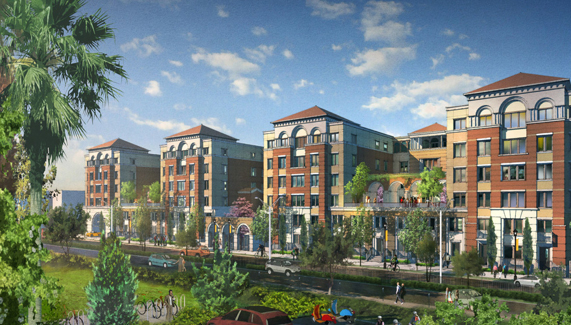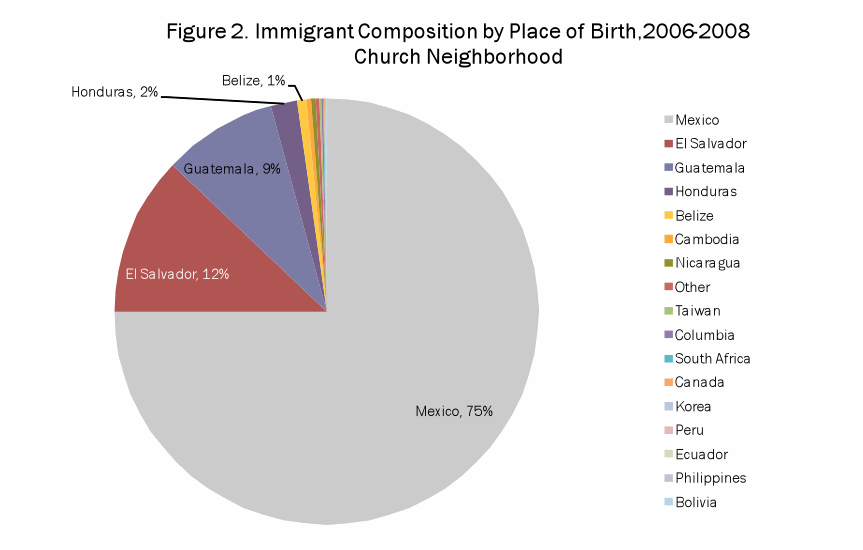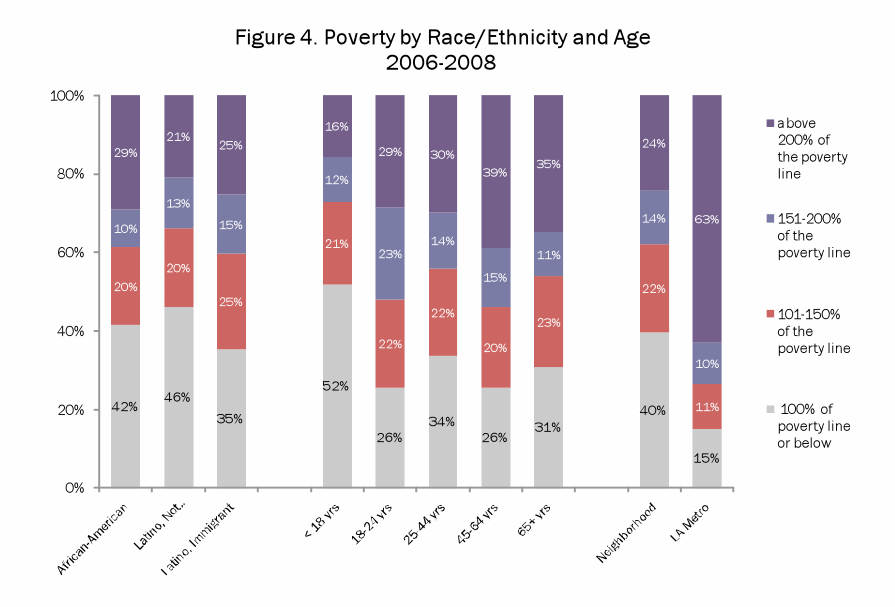By
Selene Rivera | Hoy LA
Soudi Jiménez | Hoy LA
This story is also available in Spanish.
This article was produced for Watts Revisited, a multimedia project launched by the USC Annenberg School for Communication and Journalism that explores challenges facing South L.A. as we commemorate the 50th anniversary of the 1965 Watts Riots. Learn more at www.wattsrevisited.com.
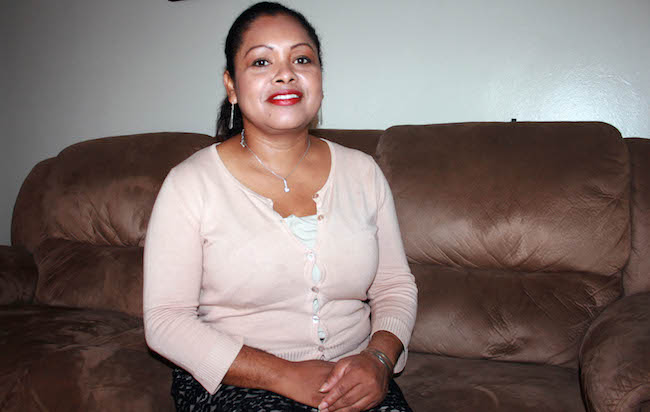
Juana Lopez had to move because her son Anthony was sick from asthma and the administrator of the building where she lived did not pay attention to her complaints.
The dust on the tables and carpet never worries Juana López, nor the condition of the paint on the walls of her home, even though her seven-year-old son Anthony Perez has suffered from asthma and allergies since 2013.
It was in a medical consultation where the doctor made it clear that there was a connection between the diseases and the environment around her child. “I did not know how to clean, or what products to use,” said Lopez, originally from Guerrero, Mexico.
The medical center referred López to the organization, Esperanza Community Housing. A health promoter said they urgently needed to change the carpet and repair areas where paint was falling off.









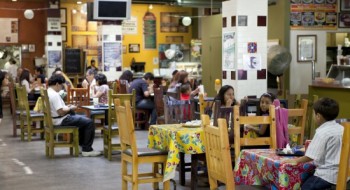
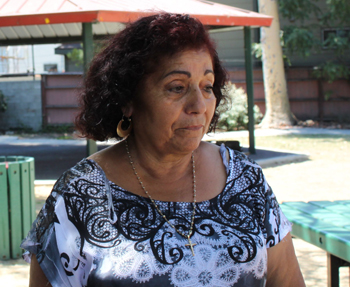 Juana Osorio is worried about getting pushed out of the neighborhood by the USC Master Plan.
Juana Osorio is worried about getting pushed out of the neighborhood by the USC Master Plan.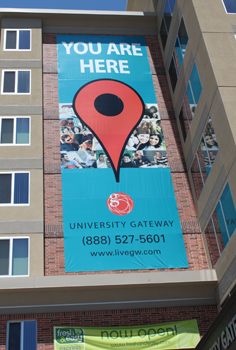 And they often do pay higher rent. Privately-owned student housing can soar to $4,000/month, which is the case at the Gateway Housing development, located on the corner of Jefferson and Figueroa. Rents for a 2-bedroom apartment are $999 per person if the bedrooms are shared with another occupant. If the rooms are rented privately, the monthly rent is $1,798.
And they often do pay higher rent. Privately-owned student housing can soar to $4,000/month, which is the case at the Gateway Housing development, located on the corner of Jefferson and Figueroa. Rents for a 2-bedroom apartment are $999 per person if the bedrooms are shared with another occupant. If the rooms are rented privately, the monthly rent is $1,798. Jon Samore, co-owner of Vermont Outlet True Value, says USC needs to give the neighborhood more information about its plans.
Jon Samore, co-owner of Vermont Outlet True Value, says USC needs to give the neighborhood more information about its plans.